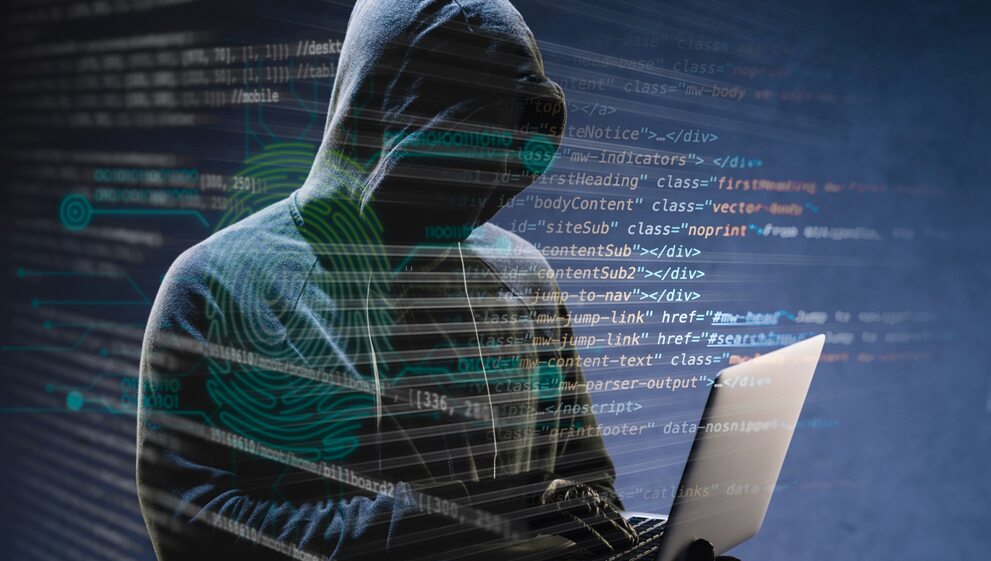India has made remarkable progress in building a digital-first economy. Services like online banking, government portals, and mobile payment systems have become part of daily life for many. But with this growth has come a rise in cyber threats. From phishing scams to high-level digital attacks, the risks are real and growing.
In recent years, India has started taking a strong stance on cyber terrorism. The country is working to ensure that its digital infrastructure is protected, not just for today but for the long term. The focus is shifting from reacting to threats to preparing for them in advance, creating a more secure future for everyone.
What is Cyber Terrorism?
Cyber terrorism is defined as a computerised attack that sabotages, harms, or threatens the security of a country, business, or individual. Digital terrorism is not just hacking or fraud; it is more serious than that. Cyber terrorism compromises attacks- for example, targeting a nation’s energy systems or communication networks- but might also be directed at a nation’s sensitive data. These attacks can come in different forms:
- Breaking into secure servers and leaking information
- Disabling key services like electricity or internet access
- Spreading false information to cause fear or panic
The goal is often to weaken trust and stability. While the tools are digital, the effects can be very real, from financial loss to damage to public trust.
Cyber Terrorism and Implications for National Security
One cyberattack, on the right target, can cause some serious damage. As an example, if the attack were against a transport network or financial system, it could stop services, confuse the public, cause lost money, or worse. In more serious cases, such attacks could affect national security.
India has seen a sharp rise in cyber incidents. These include everything from malware in government systems to attempts at accessing critical infrastructure. As digital connections expand, so do the possible entry points for threats.
|
Year |
Number of Cyber Crimes Reported |
|
2018 |
208,456 |
|
2019 |
394,499 |
|
2020 |
1,158,208 |
|
2021 |
1,402,809 |
According to a recent report by The Times of India, India witnessed a significant spike in cyber fraud losses in 2024, amounting to ₹22,845.73 crore. This marked a steep 206% rise from the ₹7,465.18 crore lost in 2023. The data highlights a growing threat landscape, underlining the urgent need for stronger fraud prevention measures and a more resilient cyber security framework across sectors.
The issue isn’t just technical. It also affects how safe people feel when using digital tools. Without confidence in cybersecurity, people and businesses might hesitate to use digital services fully.
Government Measures Against Cyber Terrorism
To deal with this, the government has taken multiple steps:
- CERT-IN regularly updates public and private organisations about ongoing threats.
- New cyber laws and data protection guidelines have been introduced.
- Cybercrime cells have been set up in many states to deal with reports quickly.
Global cooperation is also improving, with India partnering with other nations to track and act on cross-border threats.
Policies now also include detailed instructions on fraud prevention, focusing on protecting digital identities and transactions. There is an active effort to stay ahead of attackers through awareness and planning.
Strengthening Public and Private Sector Cyber Defense
Both the government and private firms face risks. That’s why public-private partnerships are key to India’s cybersecurity model.
Banks, telecoms, and healthcare providers have started doing regular system checks and training their staff in digital safety. Reports of unusual activity are now more commonly shared between sectors. This helps in identifying larger patterns before they become major issues.
Larger companies are also creating teams to respond to digital threats, while smaller firms are being guided on using affordable protection tools. This two-way sharing of knowledge strengthens the entire network.
Role of Advanced Technology in National Cybersecurity
To fight modern threats, modern tools are needed. AI, automation, and data analysis are now part of India’s cybersecurity strategy.
- AI systems watch for strange behaviour in networks, catching problems early.
- Automation tools apply security fixes quickly without needing human input.
- Threat intelligence platforms gather and share information about new risks.
By using these technologies, the focus moves from fixing issues after an attack to stopping them before they happen. This is important for long-term protection and to avoid repeat incidents.
Cybersecurity Awareness and Public Involvement
Even the best security system can fail if users don’t know how to protect themselves. That’s why spreading awareness is a major part of India’s plan. People are being educated about simple actions:
- Don’t click on unknown links
- Use strong passwords
- Turn on two-factor authentication
- Report anything unusual
Workshops, public ads, and school programmes are being used to spread this knowledge. The aim is to help people recognise threats before they fall for them.
Reporting tools have also improved. It’s now easier to report scams or issues directly to authorities. This helps stop threats early and alerts others to be careful.
Why Cyber Hygiene Is Essential for Individuals and Businesses
Even the best security system can fail if users don’t know how to protect themselves. That’s why spreading awareness is a major part of India’s plan. People are being educated about simple actions:
- Don’t click on unknown links
- Use strong passwords
- Turn on two-factor authentication
- Report anything unusual
Workshops, public ads, and school programmes are being used to spread this knowledge. The aim is to help people recognise threats before they fall for them. Reporting tools have also improved. It’s now easier to report scams or issues directly to authorities. This helps stop threats early and alerts others to be careful.
Defend Against Cyber Terrorism Threats
Firms and individuals need solid tools to keep their data safe. Solutions like Quick Heal offer:
- Real-time threat detection
- Protection from ransomware
- Tools that find weak points in your system
These tools are not just for large businesses. Even small firms and individuals can benefit. With scams becoming more targeted, everyone needs some level of defence.
India is also promoting total security solutions. This means combining technology, training, and policy to create a full circle of protection.
Let’s Fight Together Against Cyber Crimes
Digital cyber security isn’t the job of one group. Everyone, governments, businesses, and individuals, has a part to play. India is improving its digital safety through a mix of policy, awareness, and innovation. But the threats won’t stop. New scams and attacks will continue to appear. To stay ahead, India will need to:
- Keep updating laws
- Support training in cybersecurity
- Invest in research
- Encourage responsible use of technology
The future of cyber security in India depends on shared responsibility. If every part of the system plays its role, digital platforms will remain safe and trusted.
Frequently Asked Questions
-
What is the future of cybersecurity in India?
The future of cybersecurity in India is strong, with rapid digital adoption, government support, and rising awareness. More trained professionals, stricter policies, and advanced technologies will help safeguard individuals, businesses, and critical infrastructure against evolving cyber threats.
-
What is the most common method used in cyber terrorism?
The most common methods in cyber terrorism include phishing, malware, and Distributed Denial of Service (DDoS) attacks. These tactics disrupt systems, steal confidential data, and spread fear, often targeting financial institutions, government systems, and other critical sectors.
-
How does the internet affect terrorism?
The internet impacts terrorism by enabling recruitment, propaganda, fundraising, and coordination across borders. Online platforms provide anonymity, global reach, and instant communication, making it easier for extremist groups to spread ideologies and plan malicious activities.
-
How do cyber terrorists exploit public and private networks?
Cyber terrorists exploit networks by breaching weak security, hacking systems, and stealing data. Public networks are often attacked to cause disruption on a large scale, while private networks are targeted for sensitive information, financial gain, or political advantage.
-
Why is cybersecurity awareness important for citizens?
Cybersecurity awareness helps citizens detect threats like scams, phishing, or malware and adopt safe online practices. By being informed, individuals protect personal data, reduce risks, and contribute to creating a safer digital environment for everyone.



